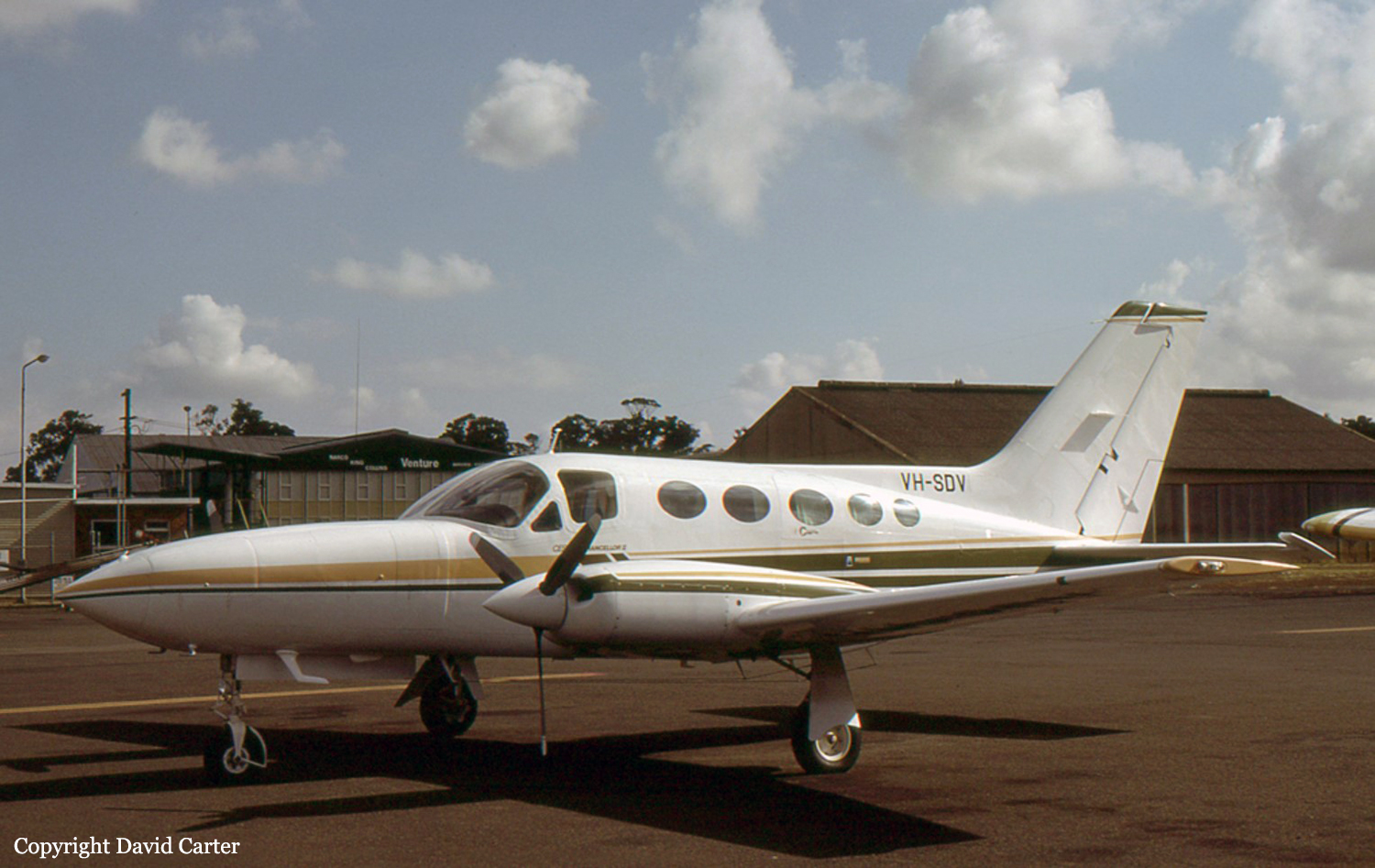Crash of a Cessna 414A Chancellor in Jackson Hole
Date & Time:
Oct 17, 1990 at 0930 LT
Registration:
N26853
Survivors:
Yes
Schedule:
Jackson Hole - Las Vegas
MSN:
414A-0316
YOM:
1979
Crew on board:
1
Crew fatalities:
Pax on board:
3
Pax fatalities:
Other fatalities:
Total fatalities:
0
Captain / Total hours on type:
1095.00
Circumstances:
The pilot initiated a takeoff with snow and ice on the aircraft. During takeoff roll the aircraft became airborne, settled back onto the runway and the pilot attempted to abort the takeoff. The aircraft departed the end of the runway, impacted navigation antennas and rough terrain. All four occupants escaped uninjured.
Probable cause:
The pilot's inadequate preflight preparation of the aircraft, his failure to remove snow and ice from the aircraft before takeoff, and his delay in attempting to abort the takeoff.
Final Report:


